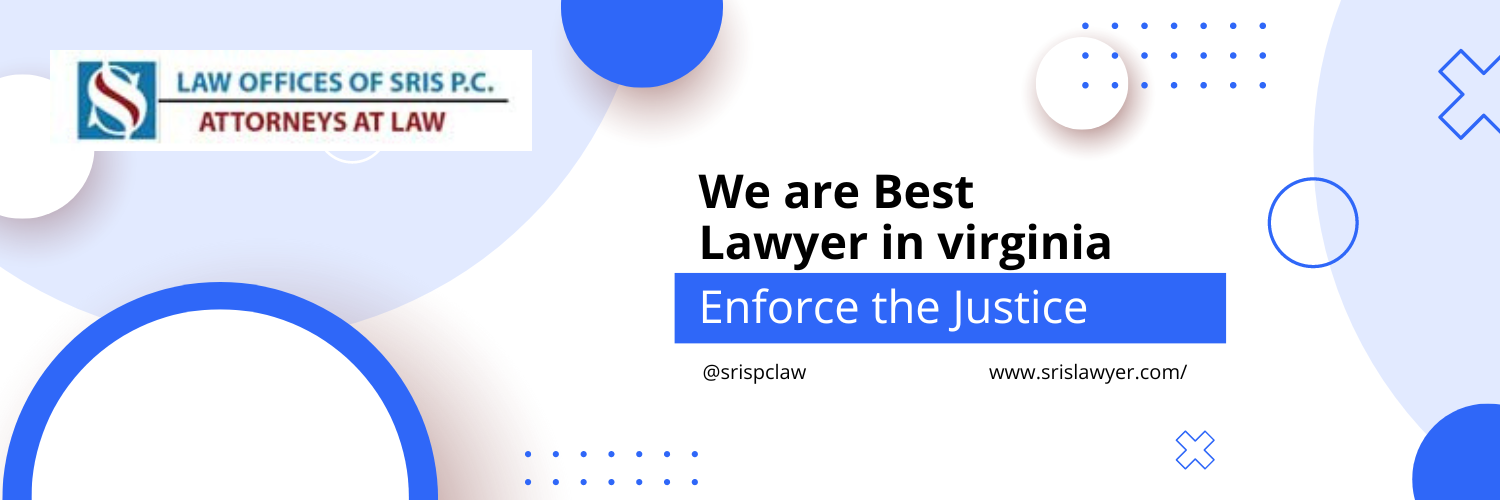Contracts serve as the backbone of business relationships, outlining expectations, responsibilities, and terms. However, despite the best intentions, disputes can arise, causing friction and potential harm to the parties involved. In such cases, a well-defined contract dispute resolution process becomes crucial to restore harmony and protect the interests of all parties. In this comprehensive guide, we’ll explore the stages of the contract dispute resolution process, shedding light on key concepts and strategies to help you navigate through the complexities.
Understanding the Basics
Before delving into the resolution process, it’s essential to grasp the basics of contract disputes. These disagreements can arise from various issues, such as breaches of contract, misunderstandings, or changes in circumstances that make fulfilling the agreement challenging. Disputes can be costly and time-consuming, making it imperative to have a systematic approach in place for resolution.
-
Negotiation: The Initial Step
The first stage in resolving a contract dispute is negotiation. This informal process involves the parties directly communicating and attempting to find a mutually agreeable solution. Negotiation allows for open dialogue and can often resolve issues without the need for legal intervention. During this phase, parties may enlist the help of mediators or facilitators to guide discussions and foster compromise.
-
Mediation: A Neutral Third Party
When negotiations prove ineffective, mediation becomes the next step. In this process, a neutral third party, the mediator, facilitates communication between the disputing parties. Mediators do not make decisions but help parties explore potential solutions. Mediation is a voluntary process, providing more control to the parties involved while maintaining a confidential environment.
-
Arbitration: Binding Decisions
If mediation fails to bring resolution, arbitration is the next escalation. Arbitration is a more formal process where an arbitrator, a neutral third party or a panel, listens to the arguments and evidence presented by both sides and renders a binding decision. Unlike mediation, arbitration results in a final, legally binding outcome that both parties must adhere to. It offers a faster and more cost-effective alternative to litigation.
-
Litigation: The Last Resort
When all else fails, litigation becomes the last resort. This involves taking the dispute to court, where a judge or jury will make a final decision. Litigation is a formal, structured process with defined legal procedures and rules. While it can be the most time-consuming and expensive option, it provides a definitive resolution and the opportunity to appeal if the outcome is unsatisfactory.
Key Considerations in the Resolution Process
-
Costs and Time: Balancing Act
Each stage of the contract dispute resolution process comes with its own costs and time commitments. Negotiation and mediation are generally quicker and more cost-effective than arbitration or litigation. Understanding these factors is crucial in deciding which path to pursue.
-
Confidentiality: Protecting Privacy
Confidentiality is a significant advantage in negotiation and mediation. These processes allow parties to discuss sensitive matters without the fear of public disclosure. In contrast, arbitration and litigation are more public, with records and proceedings potentially becoming part of the public record.
-
Preserving Relationships: Finding Common Ground
An often overlooked aspect is the impact of the resolution process on the relationship between the parties. Negotiation and mediation focus on finding common ground and maintaining relationships, making them preferable when preserving ongoing business connections is essential.
-
Enforceability: The Legal Weight
One of the key advantages of arbitration is the enforceability of the decision. Arbitration awards are generally easier to enforce across borders than court judgments. Understanding the enforceability of the chosen resolution method is crucial, especially when dealing with international contracts.
In the intricate landscape of contract disputes, a well-thought-out resolution process is a beacon guiding parties through the tumultuous waters. From the initial stages of negotiation to the formalities of litigation, understanding the nuances of each step is crucial for making informed decisions. Ultimately, the success of the contract dispute settlement agreement lies in balancing efficiency, cost, and the preservation of relationships. By navigating this maze strategically, parties can emerge with resolutions that protect their interests and foster the potential for future collaboration.


